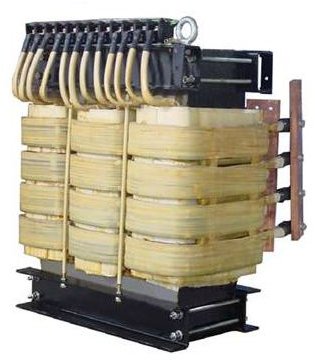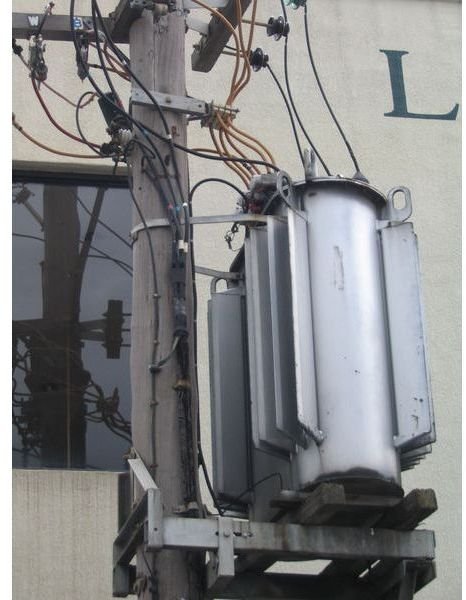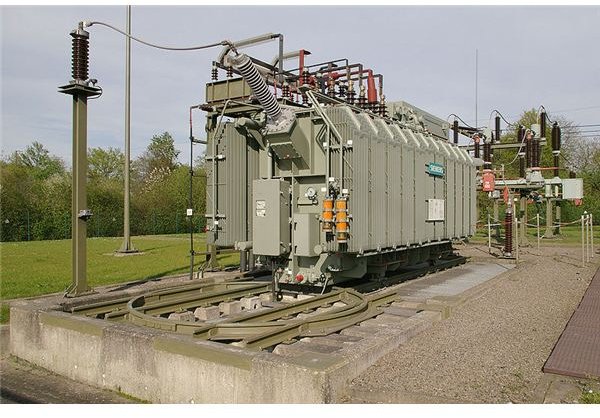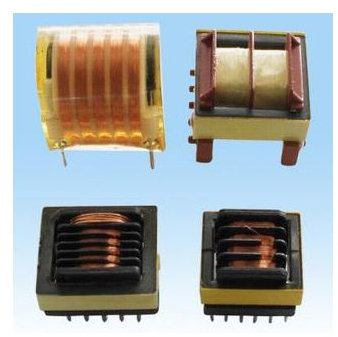Design Principles and Applications for Transformers in Electrical Engineering
From hulking substations near a city’s edge to the familar electrical connects near our houses, electrical engineers and designers (and electronics designers, too) make use of transformers in a variety of ways. Here you’ll find a number of common applications where you can find transformers in use with some examples of easy circuits that you can make.
Some Examples of Transformer Types



Design and Principle of Operation
Transformers work on the principle of induction. You’ll read about this principle of induction, how it works, and how it is taken advantage of in transformer design. You’ll read about the different types of transformers, step-up, step-down, isolation, and others. You’ll discover the various materials that are used in the construction of the different types of transformers. You’ll discover how transformers can take household current and turn it into a much lower voltage, such as a cell phone charger. You’ll also discover how a transformer can take electrical power input at one level and output that power in two, three, or more voltage levels for a variety of uses, be they commercial or consumer-oriented.
<strong>Designing Your Own Transformer</strong>
<strong>Transformers - Transfer (as if) by Magic (Part I)</strong>
<strong>Transformers - Transfer (as if) by Magic (Part II)</strong>
Typical Uses for Transformers in Electrical Engineering
There are many reasons that an electrical engineer will may put a transformer into an electrical device or circuit. The device being powered may require higher quality power than what is available from the local utility. Maybe the device being powered needs frequency matching. Some of the uses for transformers in commercial and consumer applications will be described for your edification. Generated power transmitted over long distances can’t always be counted on to maintain a constant voltage. You’ll discover how utilities correct for power loss over long haul transmission lines so that end users don’t experience power dips and surges.
<strong>What is Power Correction Factor for Transformers</strong>
<strong>Transformers - Transfer (as if) by Magic – Voltage Regulation</strong>
<strong>How a Constant Voltage Transformer is More Efficient than its Other Counterparts</strong>
Uses for Transformers in Power Utilities and Generation
Drive through a rural area and you can’t miss the power poles and overhead power lines. Equally as recognizable and visible are the transformers that power utilities place on power poles. Utility substations also make heavy use of transformers to deliver power of usable levels and quality to businesses and consumers alike. Some of the uses that power generators and utilities make of transformers will be explained. Electrical power is generated at a generating station. The generated power is then transmitted to consumer over high tension power lines. Between the end user of the generated power and the generating station, electrical engineers working for the utility will place a number of substations, for power conditioning, creating different voltage levels, and other uses. Discover some of the uses that power generators and utilities have for transformers.
<strong>Nonlinear Loads on the Electric Power System Causing Problems for Local Utilities</strong>
<strong>How a Substation Works</strong>
<strong>Electric Power Transmission Network Explained</strong>
<strong>Three Phase with Two Transformers - the Open-Delta Connection</strong>
Various Commercial and Consumer Uses of Transformers
Just about any electrical device you pick up uses a transformer in one way or another. Every commercial building you may find yourself in has at least three or four large high-power transformers to provide the different voltages required to power overhead lighting systems, telephone systems, and other types of electrical devices. A number of these different implementations of transformers will be discussed in detail. Additionally, a number of easy to make circuits will be discussed. Some of these circuits are great teaching tools for students just beginning to learn about electrical and electronic design. Whether you need more or less voltage than your building is supplied with, or if you need Direct Current instead of Alternating Current, you’ll find examples of circuits and devices that make use of transformers. How do you take the alternating current from the electrical outlet on your wall and turn into a usable direct current voltage? The process of converting AC power into DC power is called rectification. You’ll learn a few different ways to make a rectifier to power just about any DC device you may own.
<strong>10 Simple Electrical Circuits Discussed</strong>
<strong>10 Simple Electrical Circuits Discussed (Page 2 of 2)</strong>
<strong>Homemade Variac Circuit Explained</strong>
<strong>A Practical AutoTransformer Design Theory</strong>
Build a Homemade Electric Fence Charger
<strong>Protect Your Home Appliances By Building This Simple Automatic Voltage Stabilizer</strong>
<strong>Magnetic Amplifiers Explained</strong>
Modifying Square Wave Inverters to Sine Wave Equivalents
<strong>Build a 24 Volt AC to DC Awning Retraction Transformer</strong>
<strong>The Rectification Process</strong>
<strong>How to Make AC to DC</strong>
<strong>How Does an Inverter Work?</strong>
<strong>How to Build a Low Cost, High-efficiency Inverter</strong>
<strong>Calculating Transformer for Inverter Applications</strong>
References
-
Utility substation transformer image courtesy wikimedia commons
http://commons.wikimedia.org/wiki/File:Trafostation_Alter_Hellweg_IMGP4722.jpg
-
Printed circuit and 3-phase auto-transformer images provided by author. All rights reserved.
-
Power pole transformer image courtesy wikimedia commons.
http://commons.wikimedia.org/wiki/File:Transformer_in_Melbourne.jpg
